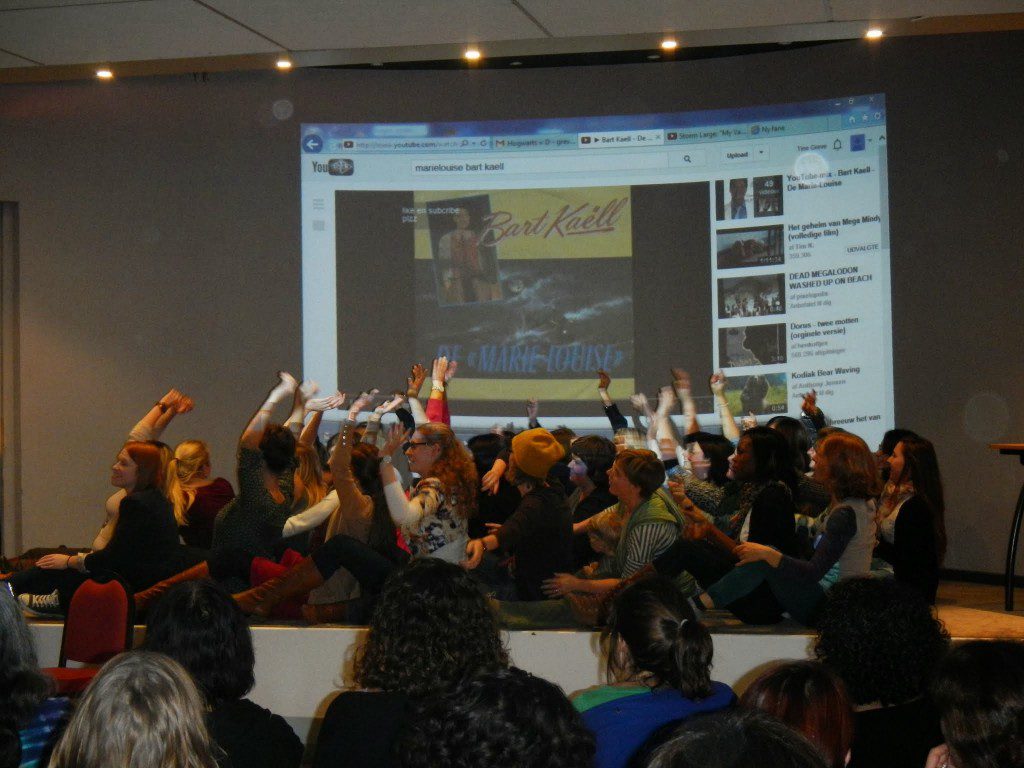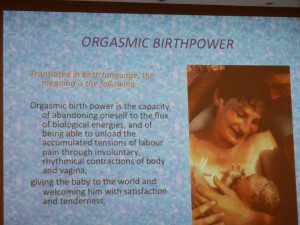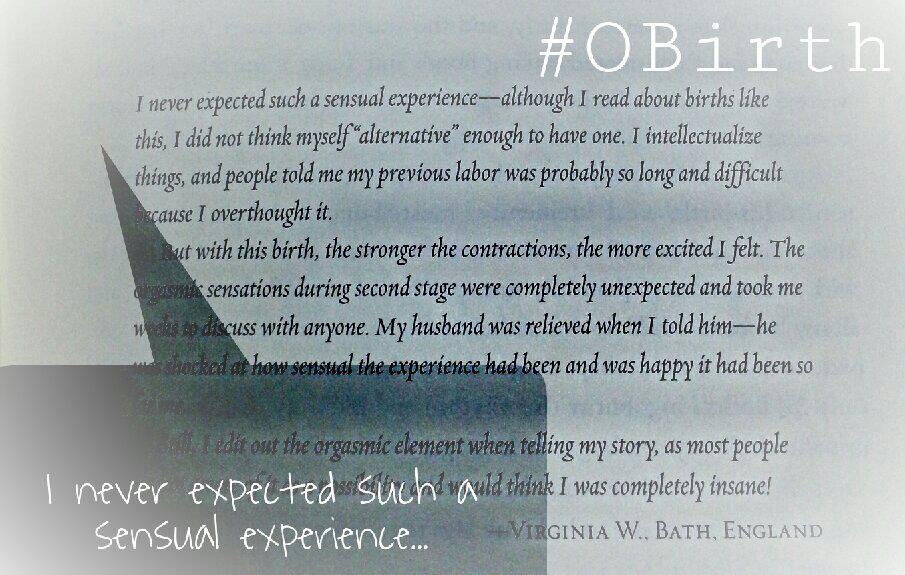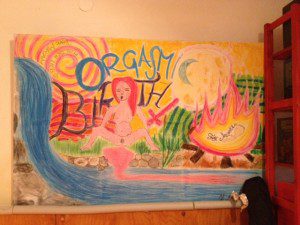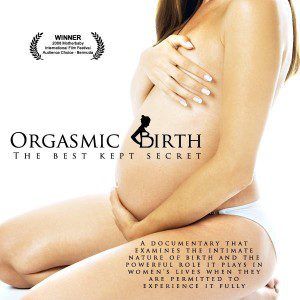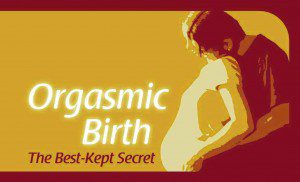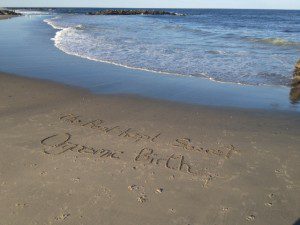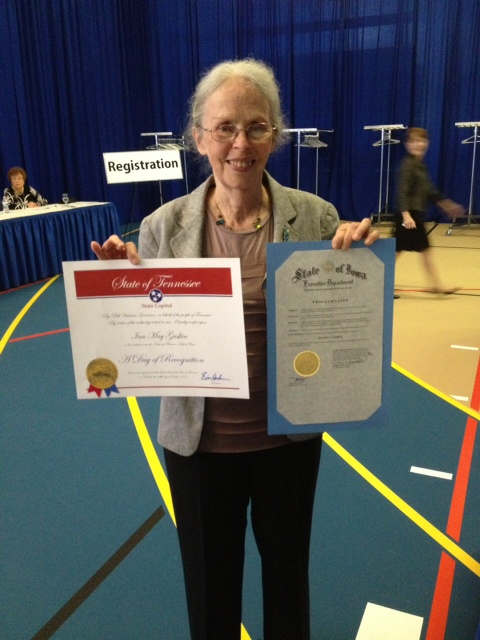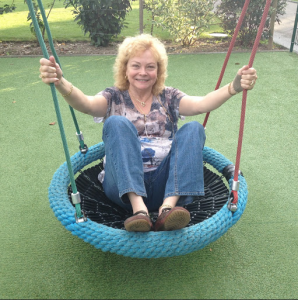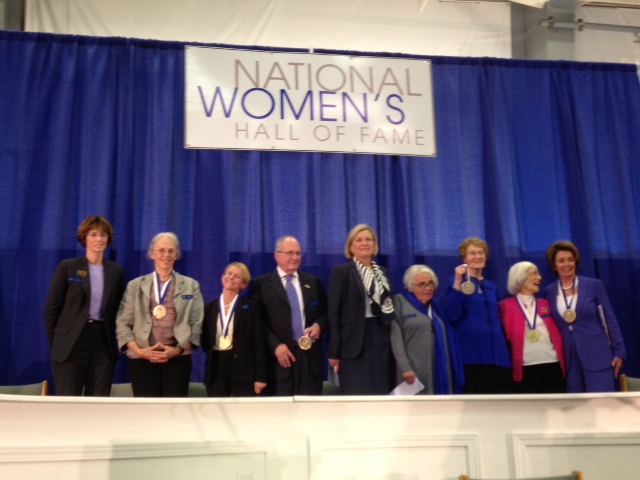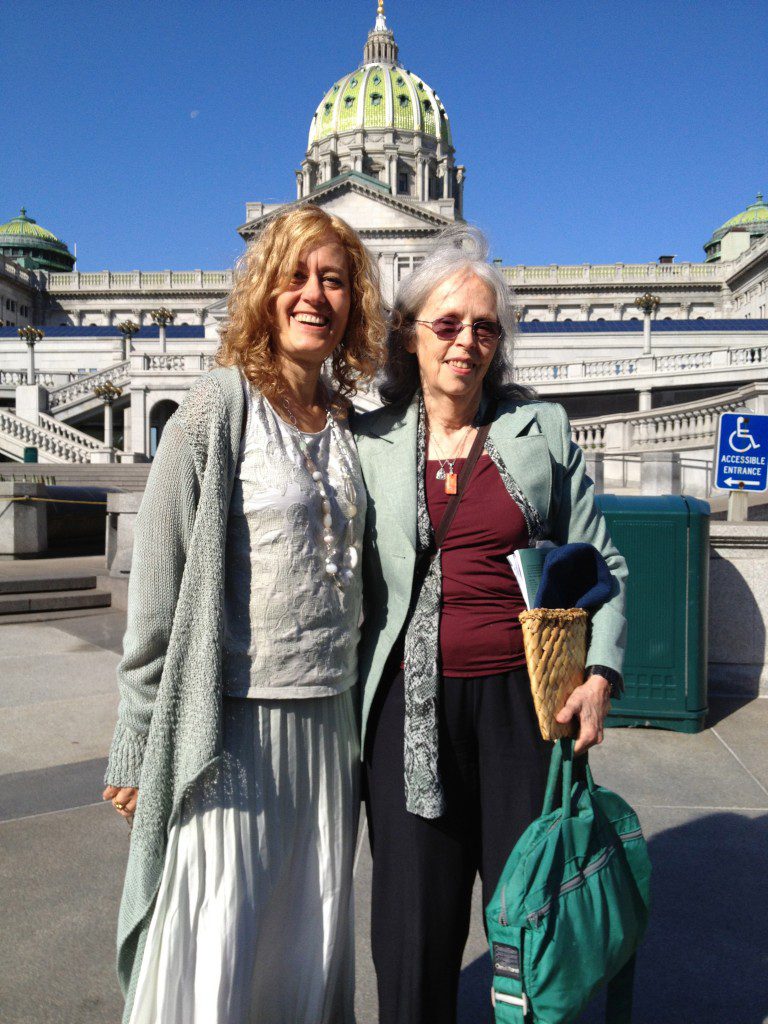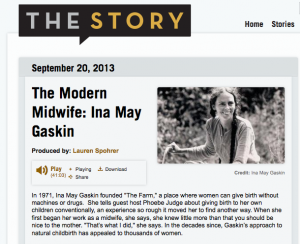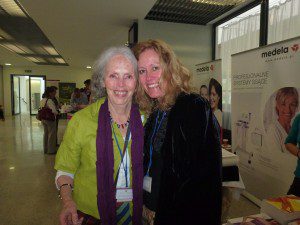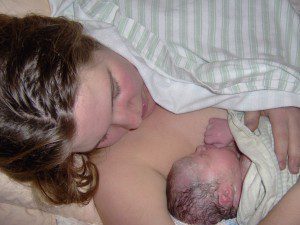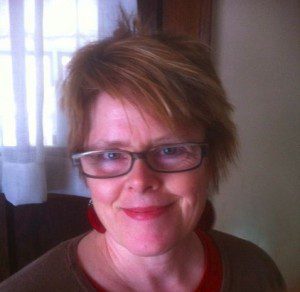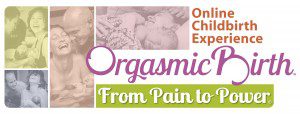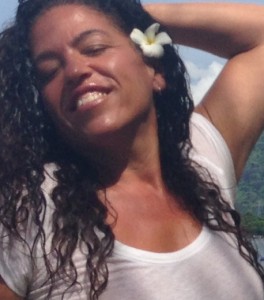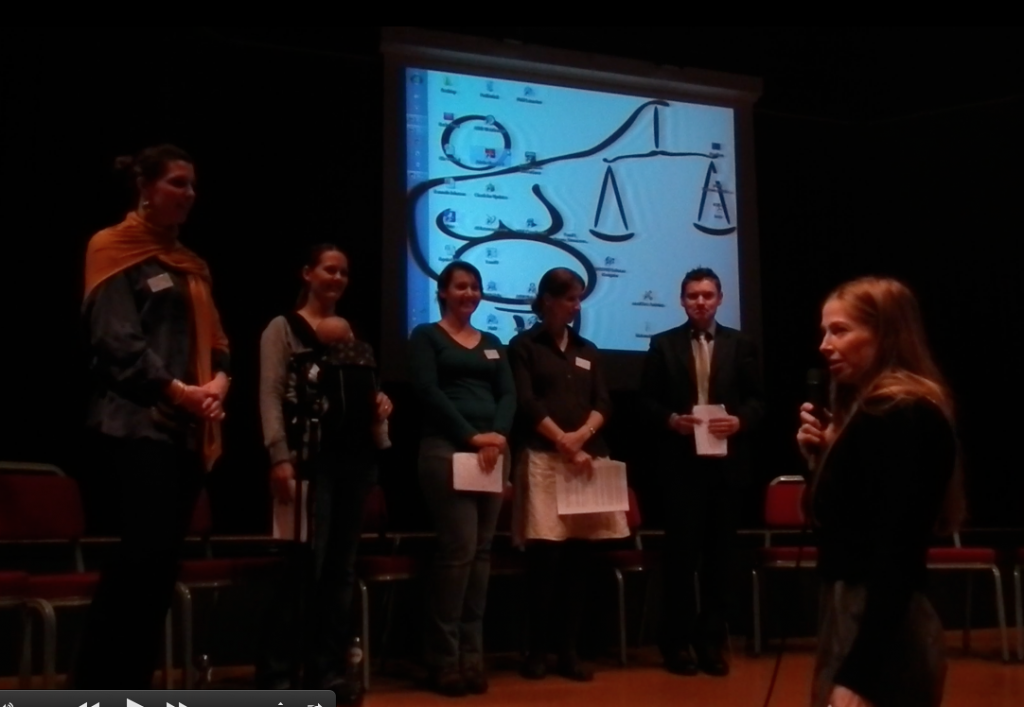
While in Belgium for Midwifery Today I visited a IMBCO Demo site and attended the Human Rights in Childbirth Conference (HRiC). All the events and conferences reignited my passion and dedication to ensure every MotherBaby has the right to respect, dignity and informed decision making in childbirth as well as every midwife and doula has the right to practice autonomously. The language of birth is changing as we bring a much needed human rights frame-work to quality maternity care, as well as release our current fear and pain language to replace it of one of possibilities, health and pleasure.
Attending HRiC also made me feel a huge sadness- the weight of all the stories and the pain combined with the hope that they were all coming together. Speaking-out and seeking change in a legal and medical system, one can’t help but wonder if the current system looked in the mirror and saw the pain it is causing, would it really continue in this model? I hope No, I always believe we have good people, but a broken system- a dysfunctional system. I have faith that change is coming if we can peel away the veil of silence and build a system of respectful care (see whiteribbonalliance.org/respectfulcare for more on respectful care).
Hermine Hayes Klein of HRiC framed the day, “It is through stories that the personal becomes political.” Here is a snapshot of some of the stories that came together at the conference:
ANA
My heart ached as doula, Ana Raposeira from Portugal, shared her story. Imagine how it feels to be with a family for a birth where the baby dies 8 hours later, and then to be charged with murder of that baby? Ana’s love and caring provided them with precious skin-to-skin time for a baby with multiple anomalies, that were undetected by ultrasounds and the medical professionals, and were most likely incompatible with life. Ana’s intuition had her stay longer and then to call the midwife to return, which lead to them seeking more care. She did all she could and remained within her role as a doula- within her scope of practice and code of ethics. I have faith she will be proven innocent. Soon we will be sharing her video statement with a link to donate to her legal defense fund. At that time, I hope you will join me in supporting her with our love, nurturing, and if you can to help, with her legal defense fund, as every dollar makes a difference! Thank you in advance!
DANIELA
In Italy Daniela is taking her physician to court for doing an episiotomy after repeated refusal. She suffered PTSD, and the Facebook group facebook.com/humanrightsinchildbirth inspired her to take a stand and appeal her case to determine what is “admittable” consent as consent is not often sought in Italy for episiotomy, induction, and amniotomy.
Hermine Hayes-Klein writes in her blog for O Birth Courage & Insanity, from Suffrage to Childbirth: “I think of Daniela in Italy, who sought far and wide during pregnancy for a provider who wouldn’t cut an episiotomy. She was promised that the hospital where she would deliver would respect her insistence that an episiotomy not be cut. She told every single provider that she spoke with, during pregnancy and then during her labor at the hospital, that under no circumstances did she want an episiotomy. She told this more than once to the doctor who ended up between her legs while her baby came out. When the baby was crowning, that doctor reached for scissors and started cutting an episiotomy. Daniela screamed “No!” from the depths of her soul. The doctor looked up, hesitated, and then cut a long, deep episiotomy.
“When medical staff visited her bed after the birth, Daniela was deeply upset. She felt profoundly violated and traumatized. She spoke up, loudly, about what had happened and stated that her legal and human rights had been violated. The obstetricians called the psychiatrists, who came to suggest that, in her state, she might pose a danger to her newborn child. After she left the hospital, Daniela was visited twice at her home by psychiatrists, without an invitation. On top of the trauma of the episiotomy was added this violation of her safe space, her home, and the need to then convince these psychiatrists that they need not involve child protective services and take away her new baby.”
KRYSIA
Dutch Midwife Krysia Lynch and the homebirth of twins case…. One thing I learned is we tend to make things difficult but it is not that hard, the question should not be “Should a woman under any circumstance have the right to give birth at home?” The question should be “Who will assist her?” A woman can exercise her right alone. We should never use coercion or force women to what others see as the civilized choice. There will always be homebirth, who has the expertise, what area of expertise is essential? Midwives are the experts here, and the expertise of the birthing women we need to trust. We can learn. We need to be held accountable, transparent, open and honest.
AJA
Teehan v Health Service Executive and Minister for Health, Ireland May 2013. Aja was an expectant mother who exercised her choice to have an assisted birth at home. Aja took steps to have her homebirth by providing the HSE with the following information; a detailed letter with research on VBAC safety; details of her personal circumstances including good health, yoga, and gymnastics; and the OB report indicating she was lowest risk and should be granted home birth. Aja’s request was refused and she took action. Aja writes in her blog, Aja Teehan vs HSE and Minister for Health: “I have brought this case because of the HSE’s refusal to allow me to have a home birth with the assistance of a midwife. HSE policy along with changes in the law mean that it is no longer possible for any expectant mother to have a home birth unless they fit within a rigid criteria; I cannot access one publicly, or privately. When the HSE refused my application for home birth, they did not assess me as an individual mother and imposed a blanket policy. I have right to autonomy and family rights, which are guaranteed by the European Convention of Human Rights and our Constitution. I am seeking to vindicate my rights.”
And from, “To All Those Who Do Not Understand, I Will Defend You.” Aja writes, “Many aspects of this complex case have been misunderstood; some people even think I want to force everyone to have a home-birth. This is not about my homebirth, this is about every birth: I am defending you in your birth; I am defending your mothers, your daughters, your sisters and cousins – and more than that, I am defending us all, as people.” Read more.
KRISTINA
In Slovakia, physical abuse, cutting women without consent, in cesarean and episiotomies is standard. “Some hospitals women have no chance to leave the hospital without a cut.” And the problem is this is all considered normal. Mothers know something isn’t right, they feel something is not right but they must just go on and focus on their baby. Kristina had her first baby by c/sec. She wanted a VBAC and arrived to the hospital in active labor at 8 cm, labor slowed and she agreed to allow them to rupture her membranes and give her synthetic oxytocin/pitocin, at 2:45 she felt the urge to push, with the mother tied down, Kristina said, “during the second stage two nurses jumped on chairs and pushed on my belly, that left bruises, was painful and I could not breathe, it felt like I would suffocate.” (Kristeller Maneuver or Kristeller Pressure is strong pressure applied to the Uterus- see video). Is it ok to receive an episiotomy that I did not consent to?
It is clear more and more women are suffering abuse, and post traumatic stress disorder and effect after childbirth and more and more women and men are speaking out and not only speaking but bringing cases to the courts to change the system and defend their human right to respect, dignity and decision making for themselves and their baby. Some are also using Article 3 of European Convention on Human Rights (torture). They are feeling that forced procedures in childbirth need stronger language than human rights.
Hermine concludes: “Why are we here to share them? What is the value of sharing these stories? Consciousness raising has always been women talking, sharing their stories with each other. There have been times and places where women’s talking has been considered a dangerous thing. Any maybe it is, to some. Because it is through sharing our stories that we understand how the very personal, private thing that happened to us fits into a bigger picture, one that invokes money, power and injustice. It is through stories that the personal becomes political. And so, if we want to see clarity around the basic autonomy rights of birthing women, their maternal rights to make decision on their babies’ behalf, and their reproductive right to pursue a physiological home birth, with a midwife, we can do nothing better than come together an talk about these legal proceedings, the people involved, and the legal arguments being made.”
To lift my spirits and to meet my long time hero Kerstin Uvnas-Moberg I attended the round table The Right to your own oxytocin! Yes oxytocin and this lively informative new look at oxytocin both our own and synthetic lifting my spirit as did talking with Kerstin Uvnas-Moberg after about Orgasmic Birth! I will be sharing this discussion with you in an upcoming blog- easy sign up here to stay posted on future news and blogs.
